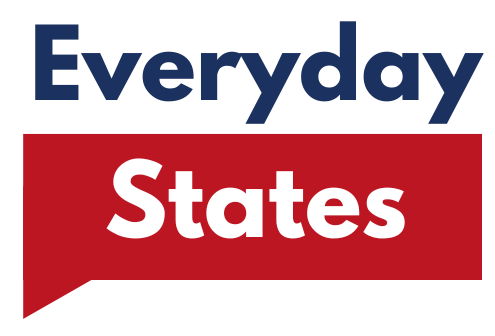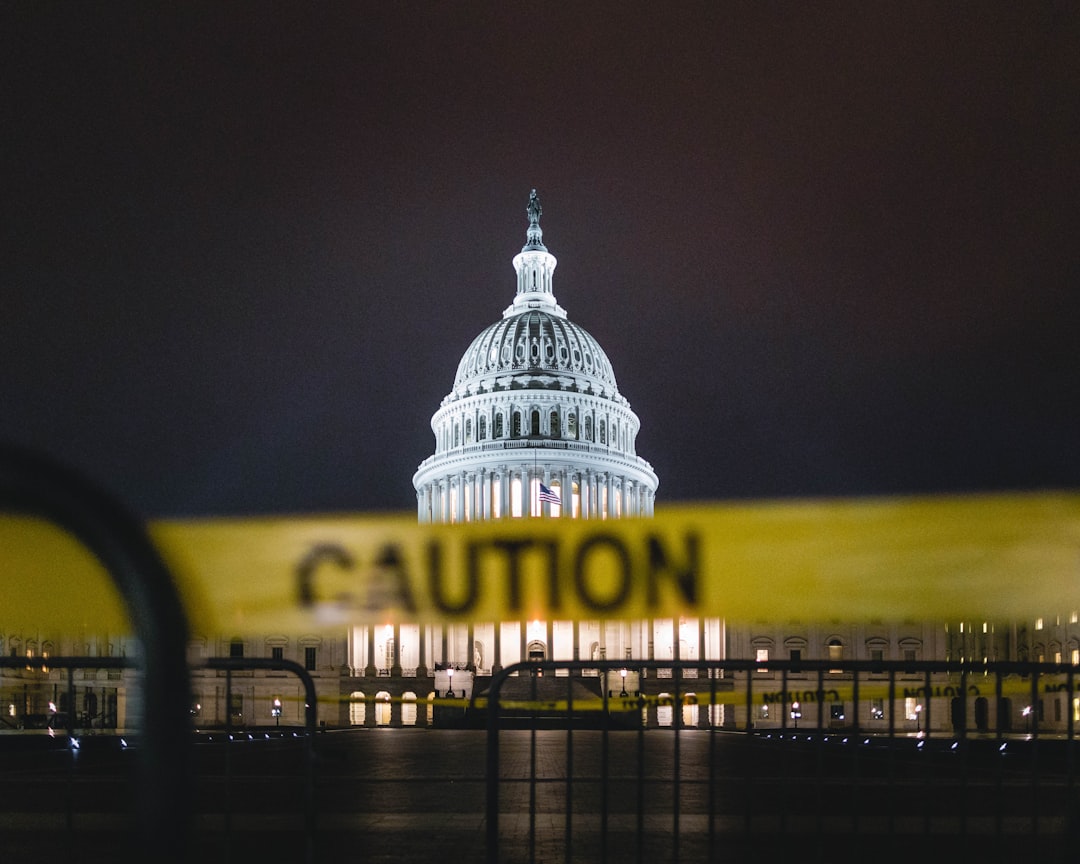Tariffs have long been a contentious issue in economic and political circles. They are often viewed as a tool to protect domestic industries, but who truly bears the brunt of these economic measures? Is it the foreign producers who face these tariffs, or do American consumers and businesses ultimately foot the bill? This question not only stirs debate but also reveals the complex dynamics of international trade and economics.
Understanding the Basics of Tariffs

At its core, a tariff is a tax imposed by a government on imported goods. The idea is to make foreign products more expensive, thereby encouraging consumers to buy domestic goods. However, this seemingly straightforward concept has complex ramifications. When a tariff is applied, the immediate effect is an increase in the cost of imported goods. Businesses that rely on these imports often pass the increased costs onto consumers. For instance, if a tariff is placed on steel, American manufacturers using imported steel might raise their prices. This price hike cascades down the supply chain, ultimately affecting the consumer’s wallet.
The Economic Impact of Tariffs

The economic implications of tariffs are far-reaching. While they might offer temporary relief to certain industries, they can also create market inefficiencies. A report by the National Bureau of Economic Research highlighted that tariffs from recent trade disputes led to an average increase of $831 annually for American households. This statistic underscores the unintended financial strain on consumers, contradicting the protective intent of tariffs. Higher prices and reduced consumer choice are just the tip of the iceberg. These market distortions can ripple through the economy, affecting everything from employment to innovation.
Who Pays the Tariffs?

A common misconception is that foreign producers absorb the cost of tariffs. However, the reality is more nuanced. While foreign producers may adjust their pricing to remain competitive, they rarely absorb the full cost of tariffs. Instead, American consumers often bear the brunt through increased prices for imported goods. This results in diminished purchasing power, making everyday items more expensive for the average American. The complexity of global supply chains means that even domestically produced goods can see price increases due to higher costs of imported components.
The Role of Domestic Producers

On the surface, domestic producers might seem to benefit from tariffs. With reduced foreign competition, they can capture a larger market share. However, this protection can lead to complacency. Without the pressure to innovate or improve efficiency, domestic companies may stagnate. Over time, consumers suffer from fewer choices and potentially higher prices. Moreover, the lack of competition can stifle technological advancements and improvements in product quality, ultimately harming the very market tariffs aim to protect.
The Effect on American Jobs

Tariffs are often touted as a means to safeguard American jobs, but the reality is layered. While some industries may experience job growth due to reduced foreign competition, others reliant on imported goods might face job losses. For instance, tariffs on steel and aluminum have increased costs for sectors like construction and automotive manufacturing, leading to potential job cuts. The trade-off between protecting certain jobs and endangering others illustrates the complex balance policymakers must navigate when implementing tariffs.
The Global Perspective on Tariffs

Tariffs extend beyond national borders, influencing international relations and global trade. When one country imposes tariffs, it often triggers retaliatory measures from others, potentially escalating into trade wars. This tit-for-tat dynamic can disrupt global supply chains and lead to economic instability. A study by the World Bank suggests that a significant rise in tariffs could shrink global GDP by 1.9%, highlighting the interconnected nature of modern economies. Such disruptions can have long-term consequences, affecting everything from diplomatic relations to global economic growth.
Consumer Behavior and Tariffs

Tariffs can also alter consumer behavior. Faced with rising prices, consumers might seek alternatives, such as domestically produced goods or substitutes. This shift can reshape market dynamics, forcing businesses to adapt to evolving consumer preferences. However, not all industries can pivot easily, leading to potential market failures. The adaptability of businesses and consumers alike plays a crucial role in determining the long-term effects of tariffs on the economy.
Conclusion: The True Cost of Tariffs

In conclusion, while tariffs aim to shield American industries, the reality is that the costs often trickle down to consumers. American households grapple with higher prices, and the long-term ramifications can lead to a less competitive market. Policymakers must weigh these outcomes carefully when considering tariffs, as the ultimate burden frequently falls on the very consumers they intend to protect. Understanding the true cost of tariffs is essential for informed trade policy decisions.
Call to Action

As consumers, staying informed about trade policies and their implications is vital. Engaging in discussions about tariffs and their economic impact can foster better understanding and advocacy for fair trade practices that benefit all involved parties.








